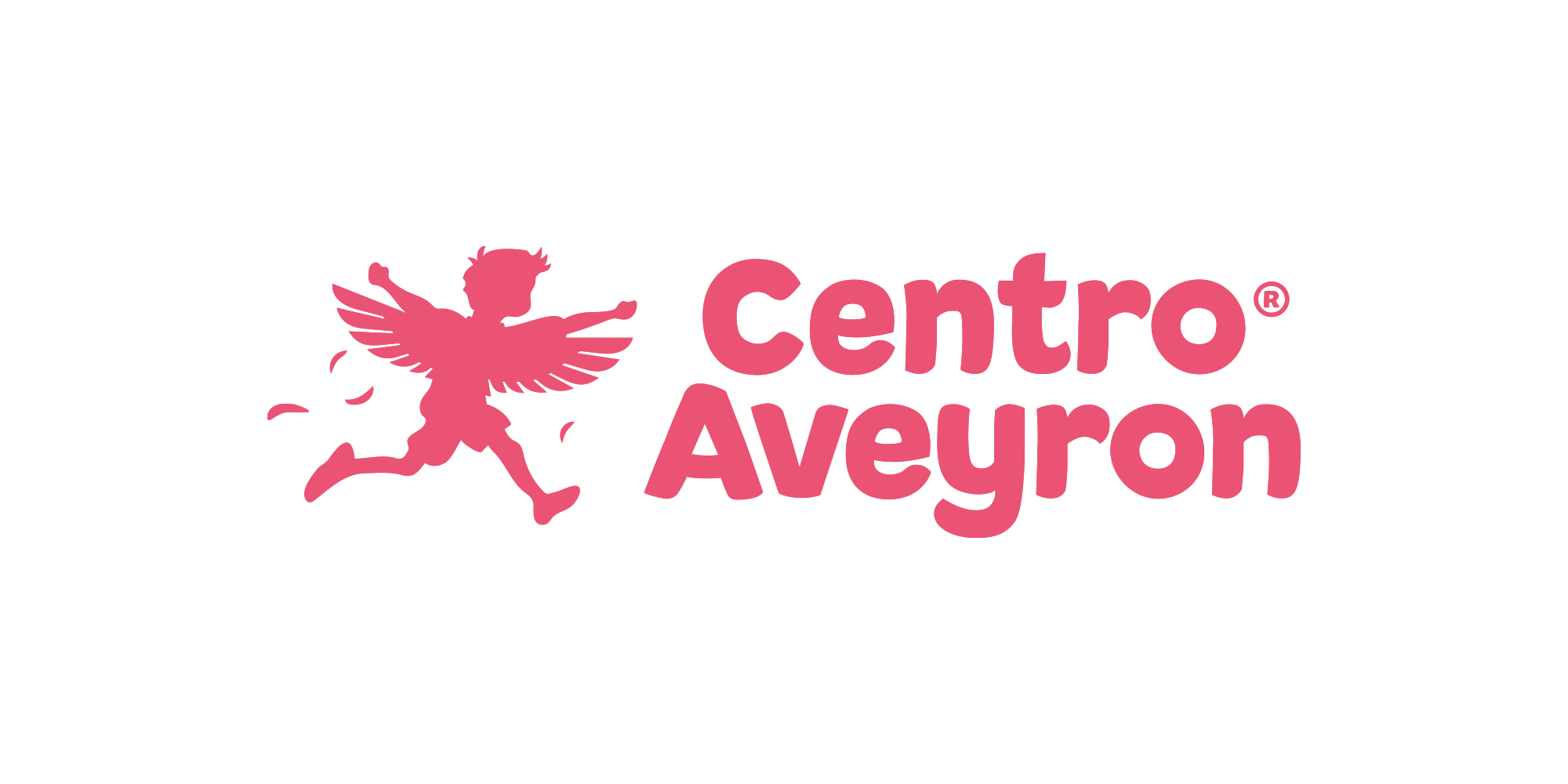Another method of costing (known as direct costing or variable costing) does not assign the fixed manufacturing overhead costs to products. Therefore, direct costing is not acceptable for external financial and income tax accounting, but it can be valuable for managing the company. It not only includes the cost of materials and labor, but also both variable and how to tie a balance sheet to a business valuation fixed manufacturing overhead costs. This guide will show you what’s included, how to calculate it, and the advantages or disadvantages of using this accounting method.
Gain unlimited access to more than 250 productivity Templates, CFI’s full course catalog and accredited Certification Programs, hundreds of resources, expert reviews and support, the chance to work with real-world finance and research tools, and more. Upgrading to a paid membership gives you access to our extensive collection of plug-and-play Templates designed to power your performance—as well as CFI’s full course catalog and accredited Certification Programs. Access and download collection of free Templates to help power your productivity and performance.
Components of Absorption Costing
The main disadvantage bookkeeping chula vista of absorption costing is that it can inflate a company’s profitability during a given accounting period, as all fixed costs are not deducted from revenues unless all of the company’s manufactured products are sold. Additionally, it is not helpful for analysis designed to improve operational and financial efficiency or for comparing product lines. In addition, the use of absorption costing generates a situation in which simply manufacturing more items that go unsold by the end of the period will increase net income.
Higher Net Income
- These expenses must have some tie-in to the manufacturing process or site, though—they can’t include advertising or administrative costs at corporate HQ.
- The differences between absorption costing and variable costing lie in how fixed overhead costs are treated.
- Over the year, the company sold 50,000 units and produced 60,000 units, with a unit selling price of $100 per unit.
- This makes it more difficult for management to make the best decisions for operational efficiency.
Absorption costing is required by generally accepted accounting principles (GAAP) for external reporting. While absorbed costs are needed to prepare financial statements for financial reporting, variable costing is more useful for making internal pricing decisions, because it only includes the extra costs of producing the next incremental unit of a product. Variable costs can be more valuable for short-term decision-making, giving a guide to operating profit if there’s a bump-up in production to meet holiday demand, for example. Since absorption costing includes allocating fixed manufacturing overhead to the product cost, it is not useful for product decision-making.
Not Suited to Product Line Comparison
Under absorption costing, all manufacturing costs, both direct and indirect, are included in the cost of a product. This means that the cost of each unit of a product includes not only the direct costs of producing that unit, such as raw materials and labor, but also a portion of the indirect costs that were incurred in the production process, such as overhead expenses. Absorption costing is typically used for external reporting purposes, such as calculating the cost of goods sold for financial statements. Absorption costing can skew a company’s profit level due to the fact that all fixed costs are not subtracted from revenue unless the products are sold. By allocating fixed costs into the cost of producing a product, the costs can be hidden from a company’s income statement in inventory. Hence, absorption costing can be used as an accounting trick to temporarily increase a company’s profitability by moving fixed manufacturing overhead costs from the income statement to the balance sheet.
Once you complete the allocation of these costs, you will know where to put these costs in the Income Statements. For the past 52 years, Harold Averkamp (CPA, MBA) hasworked as an accounting supervisor, manager, consultant, university instructor, and innovator in teaching accounting online. For the past 52 years, Harold Averkamp (CPA, MBA) has worked as an accounting supervisor, manager, consultant, university instructor, and innovator in teaching accounting online.
Under generally accepted accounting principles (GAAP), U.S. companies may use absorption costing for external reporting, however variable costing is disallowed. You should charge sales and administrative costs to expense in the period incurred; do not assign them to inventory, since these items are not related to goods produced, but rather to the period in which they were incurred. The disadvantages of absorption costing are that it can skew the picture of a company’s profitability. In addition, it is not helpful for analysis designed to improve operational and financial efficiency, or for comparing product lines. It is required in preparing reports for financial statements and stock valuation purposes.
Access Exclusive Templates
Absorption costing is normally used in the production industry here it helps the company to calculate the cost of products so that they could better calculate the price as well as control the costs of products. Even if a company chooses to use variable costing for in-house accounting purposes, it still has to calculate absorption costing to file taxes and issue other official reports. The term “absorption costing” means that the company’s products absorb all the company’s costs.
As long as the company could correctly and accurately calculate the cost, there is a high chance that the company could make the correct pricing for its products. Therefore, fixed overhead will be allocated by $ 1.50 per working hour ($ 670,000/(300,000h+150,000h)). The assignment of costs to cost pools is comprised of a standard set of accounts that are always included in cost pools, and which should rarely be changed. The steps required to complete a periodic assignment of costs to produced goods is noted below. In practice, if your costing method is using Absorption Costing, you are expected to have over and under absorption. This article will discuss not only the definition of absorption costing, but we will also discuss the formula, calculation, example, advantages, and disadvantages.

Comentarios recientes